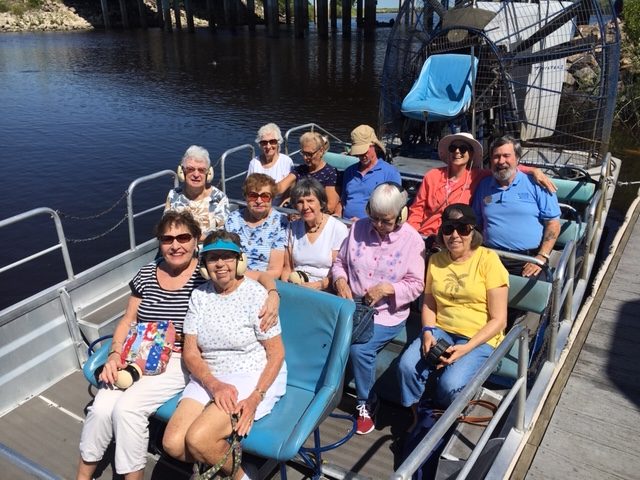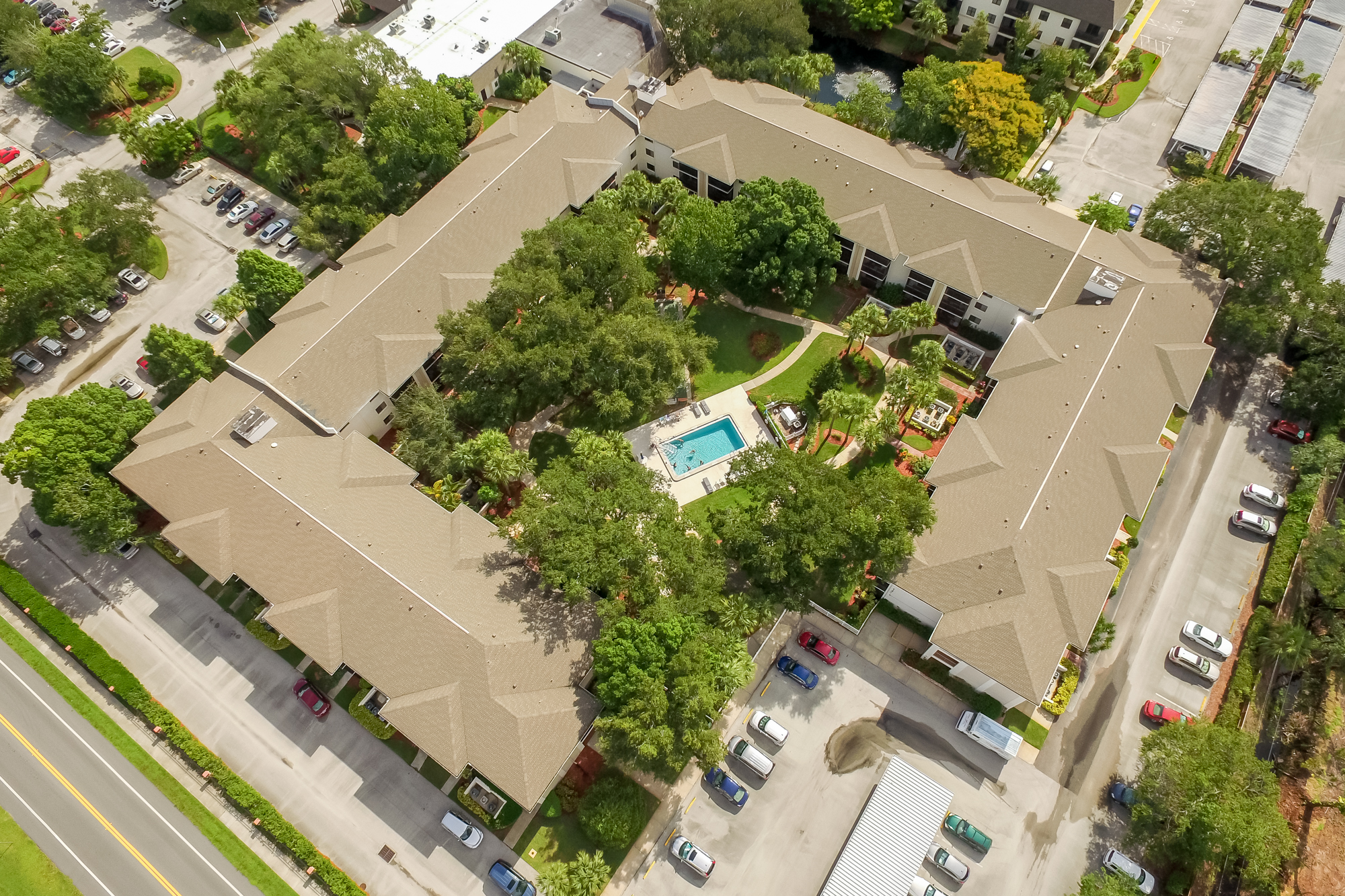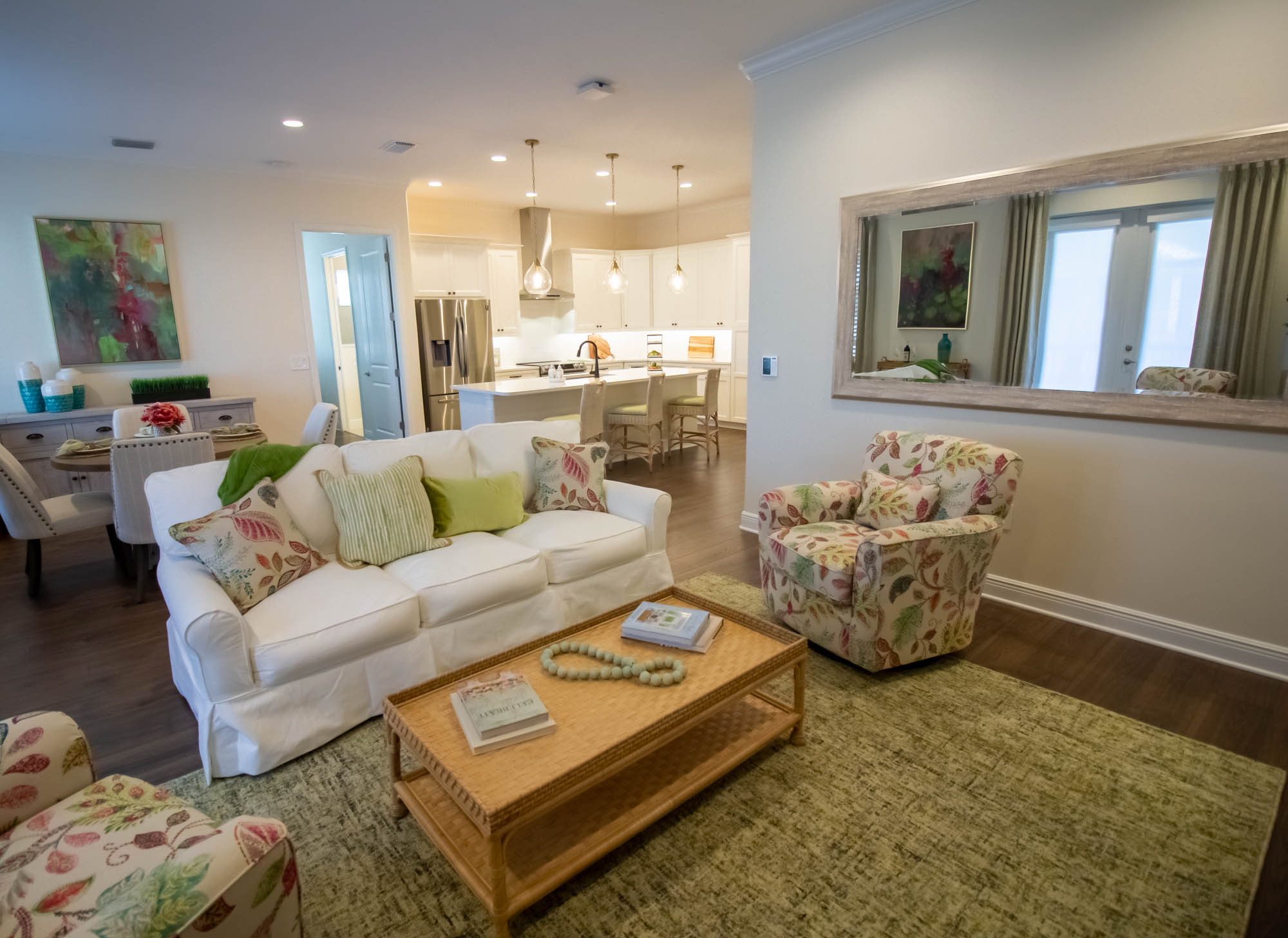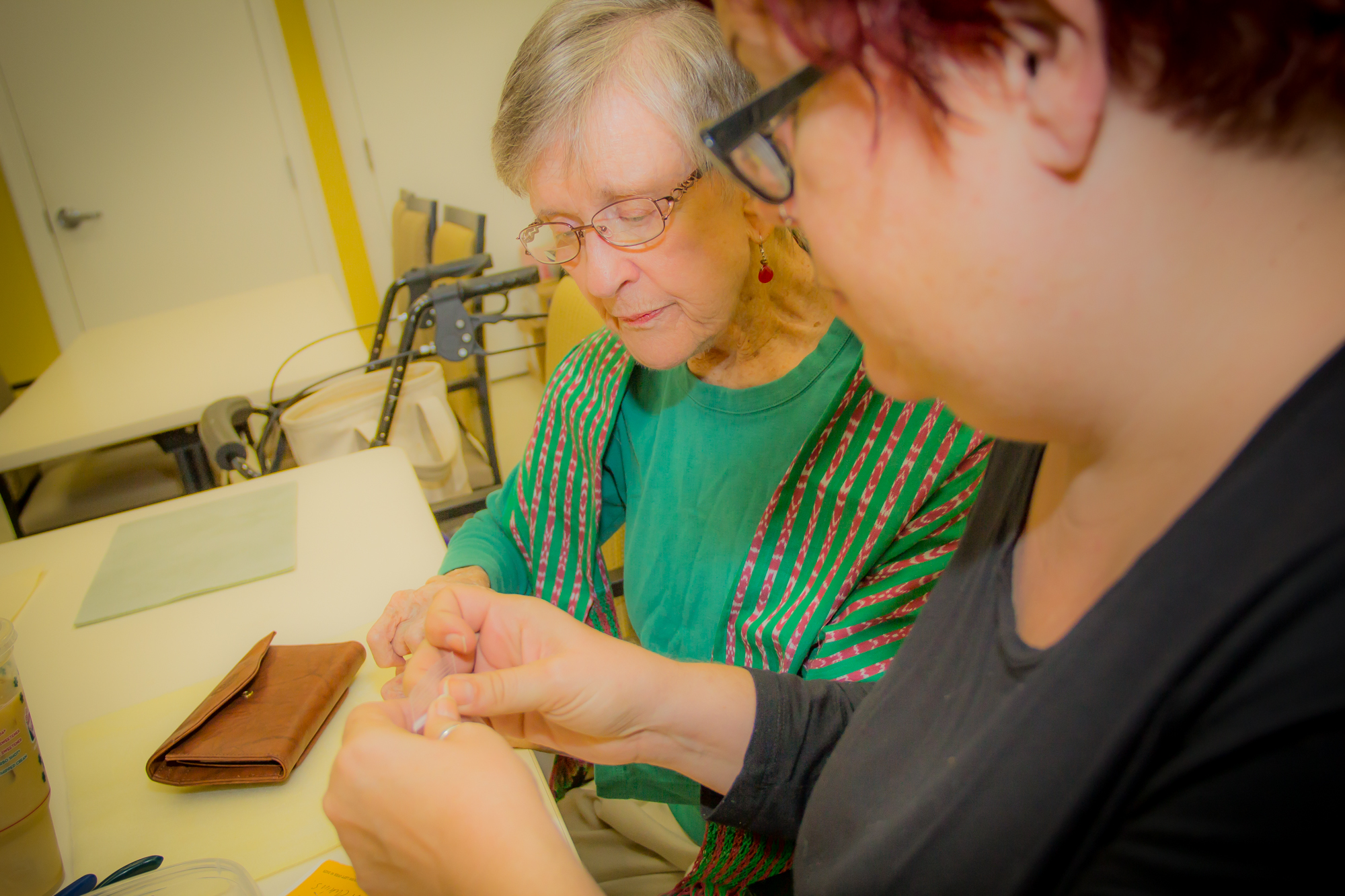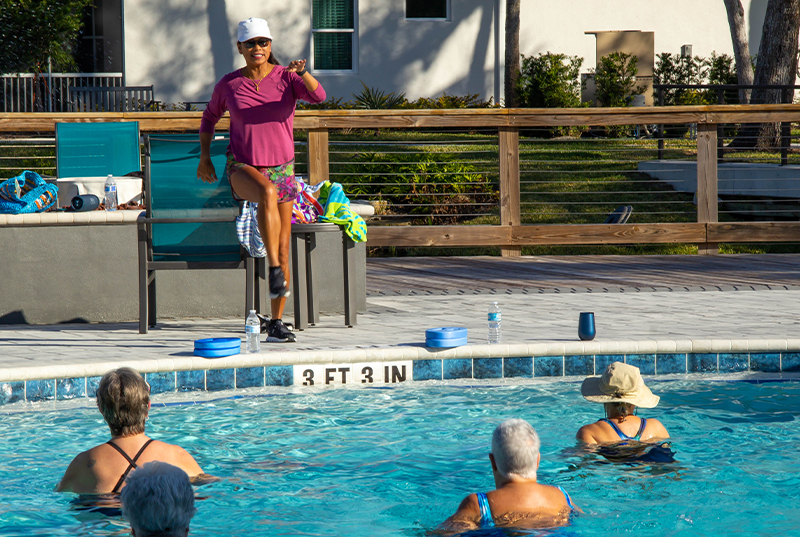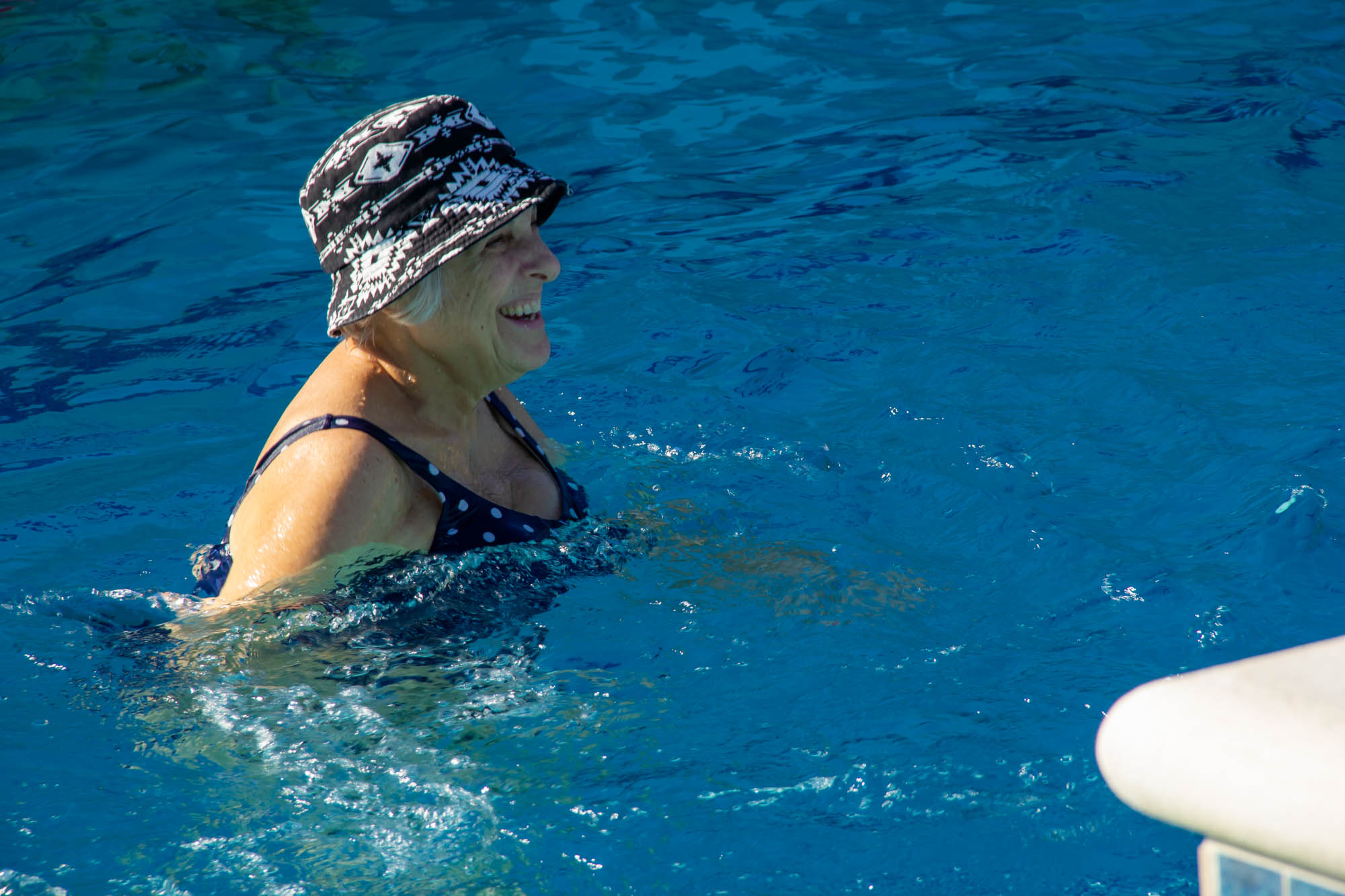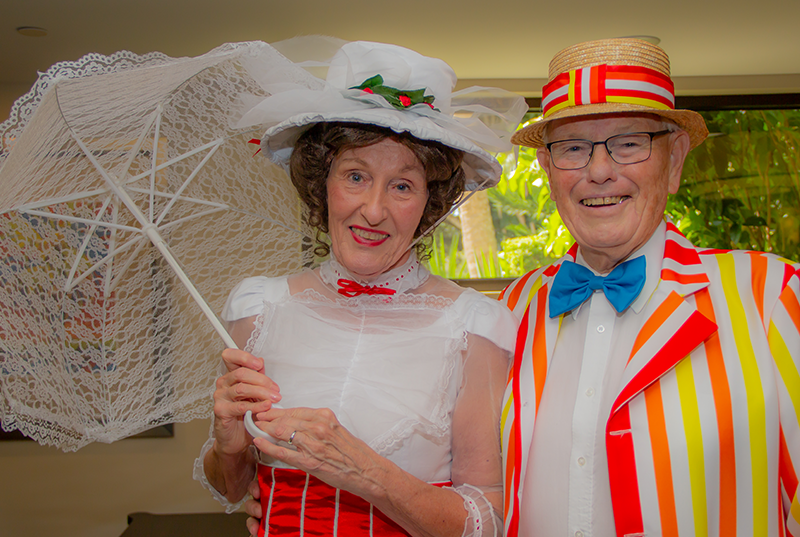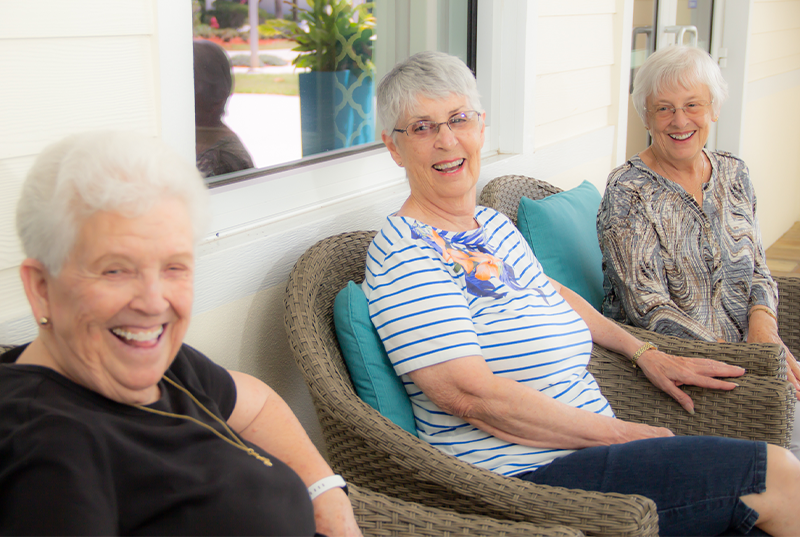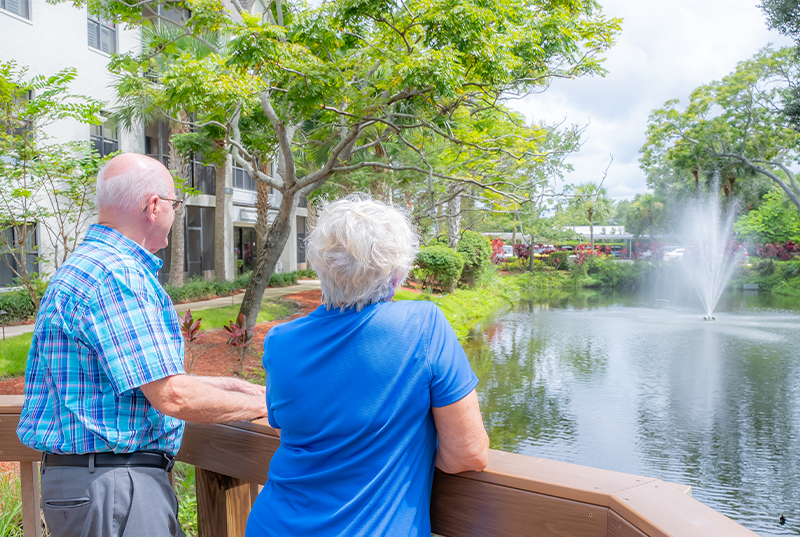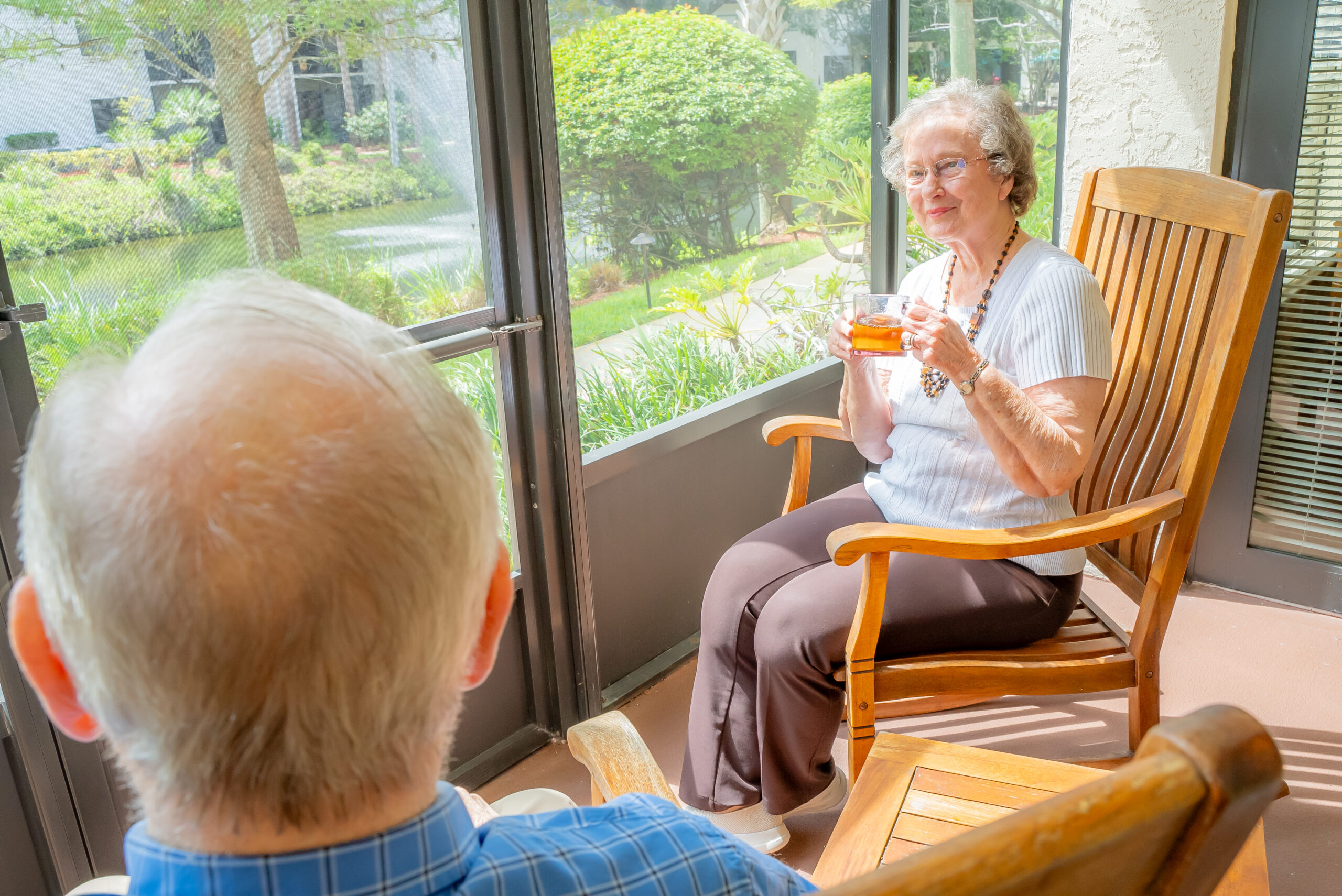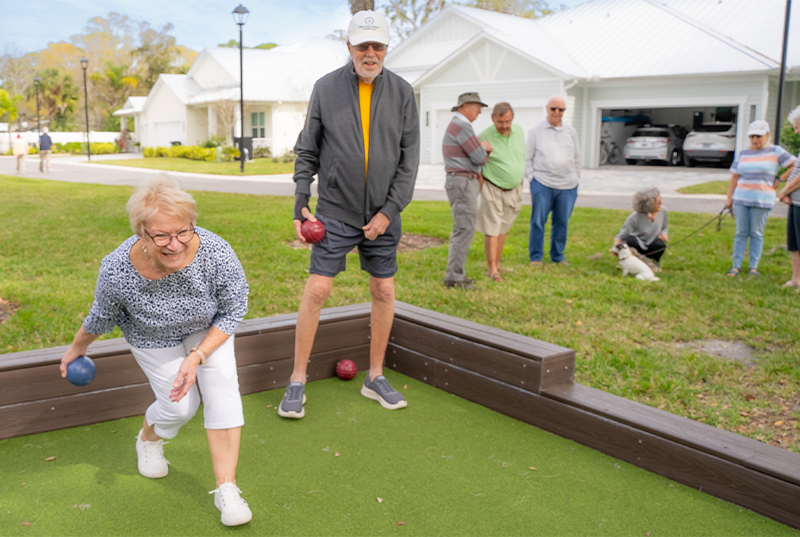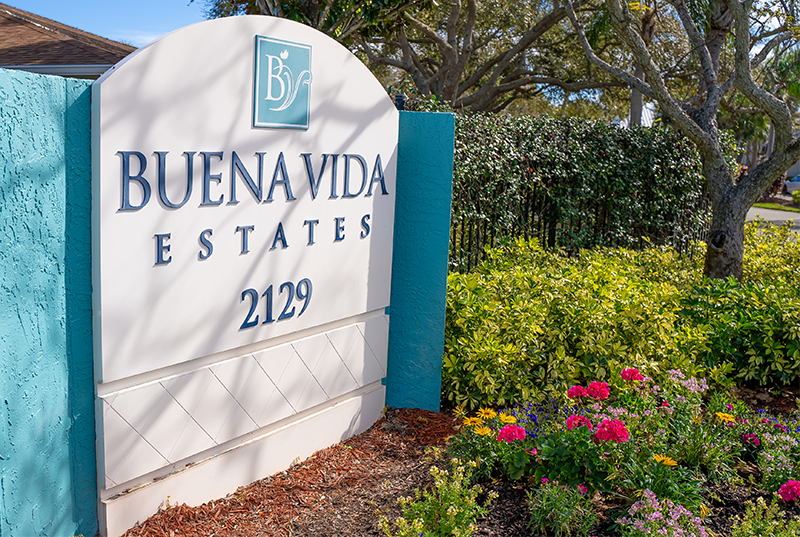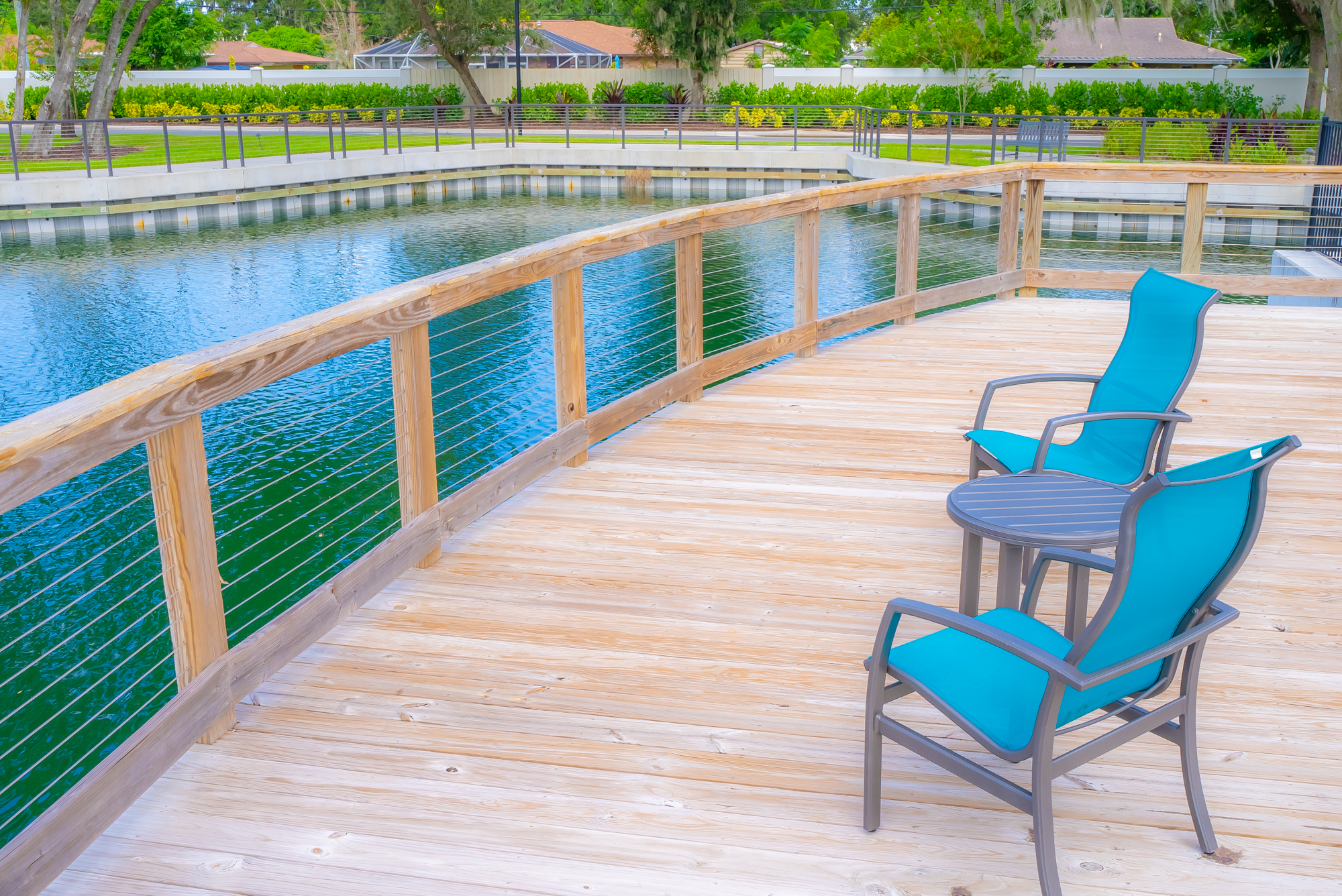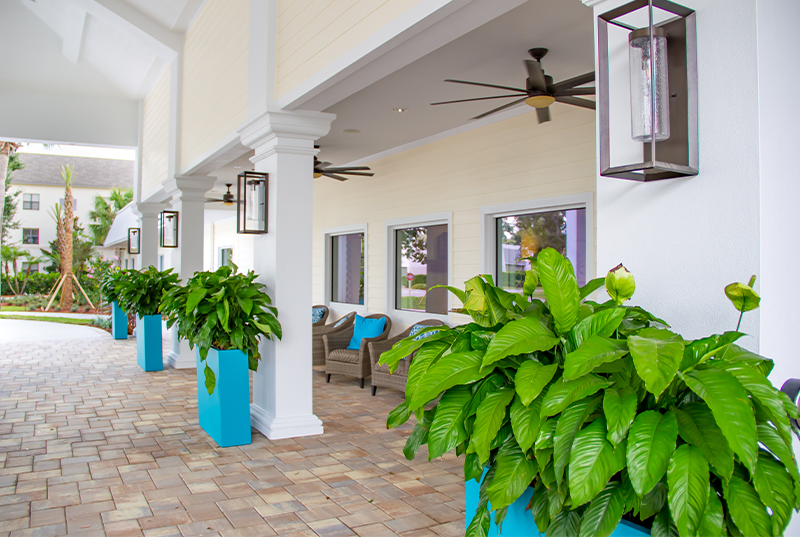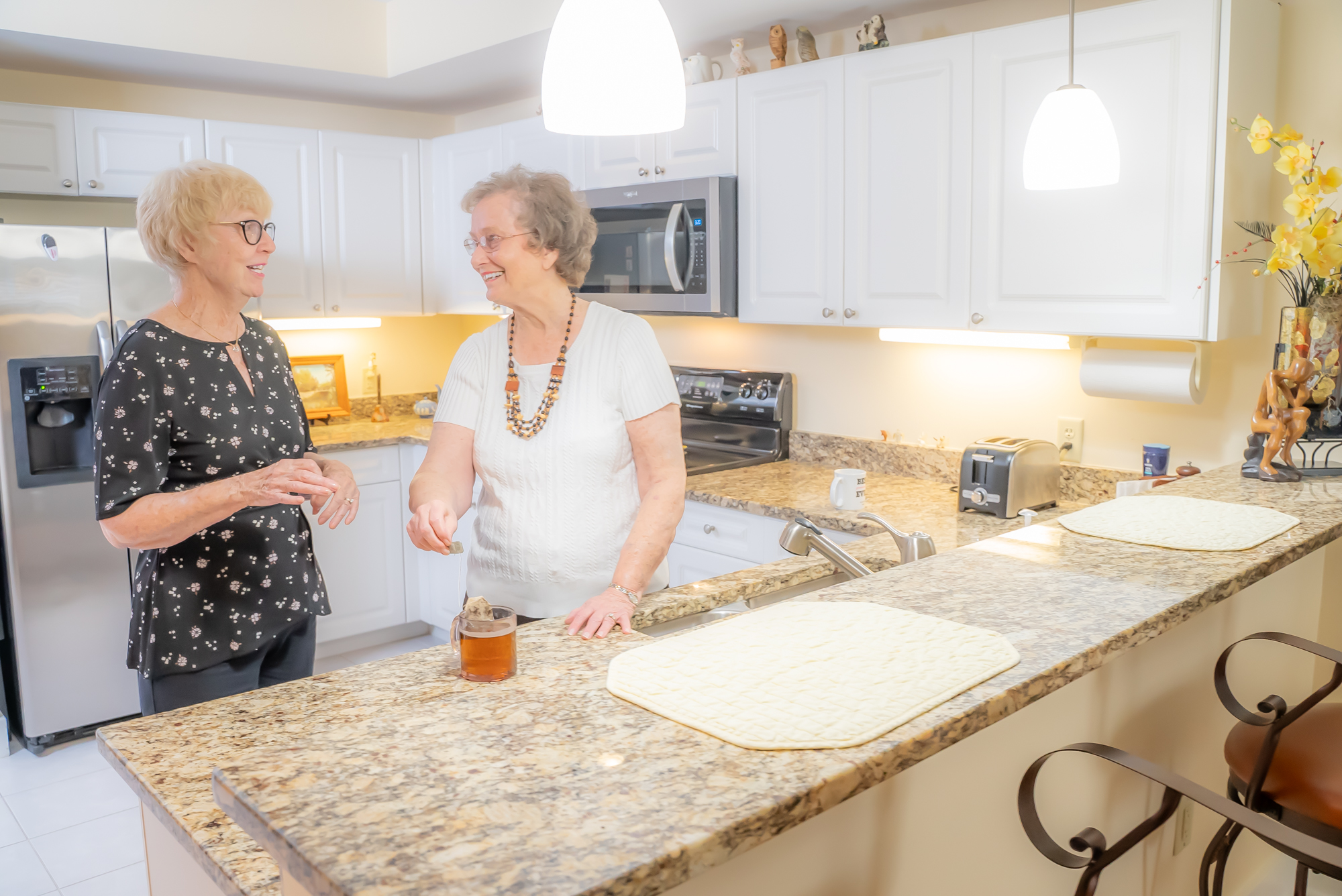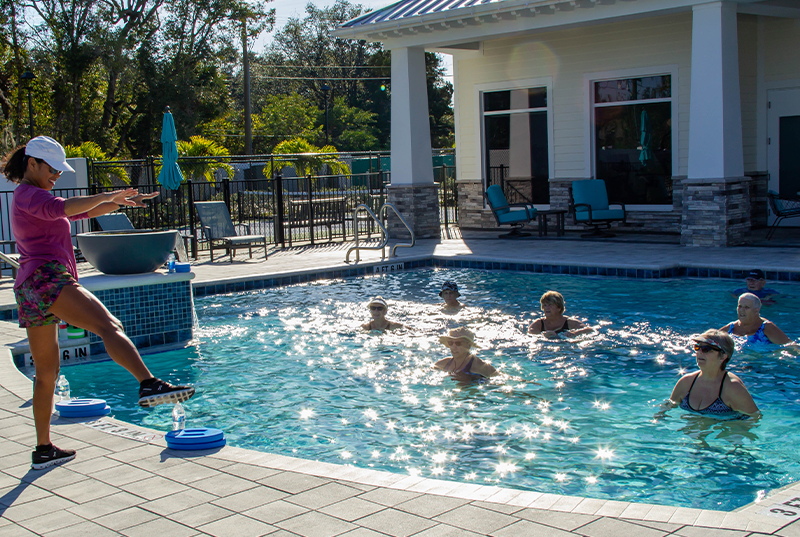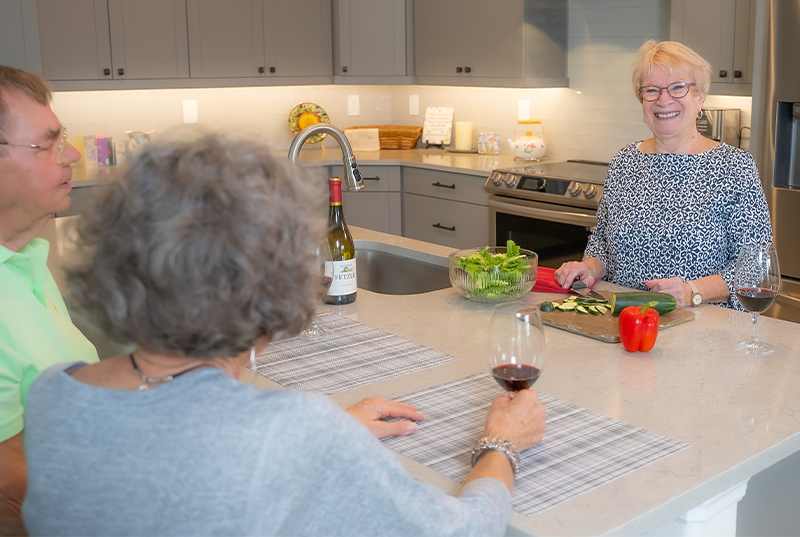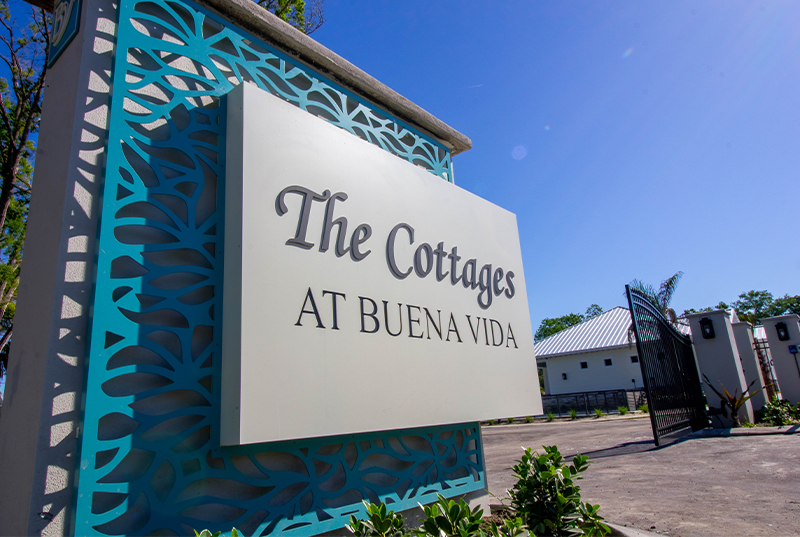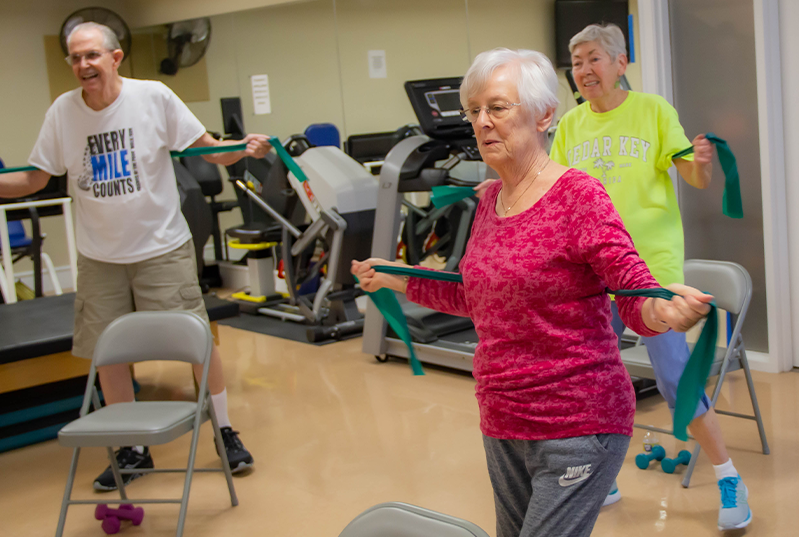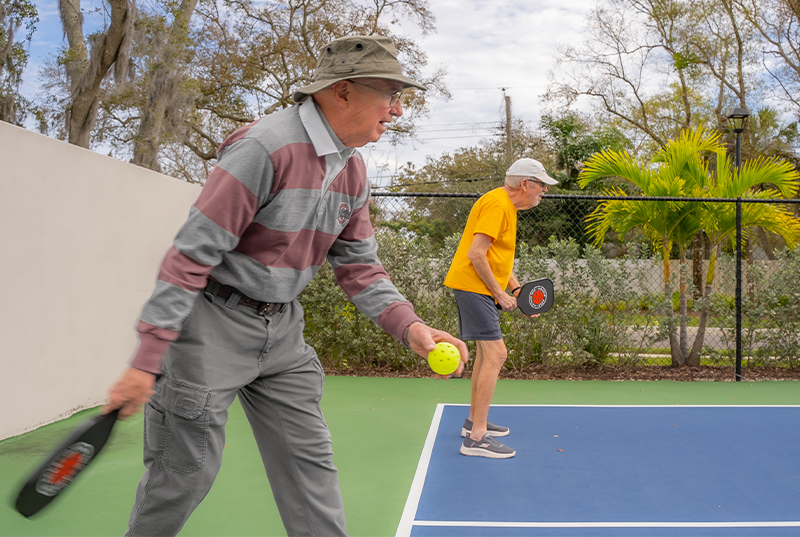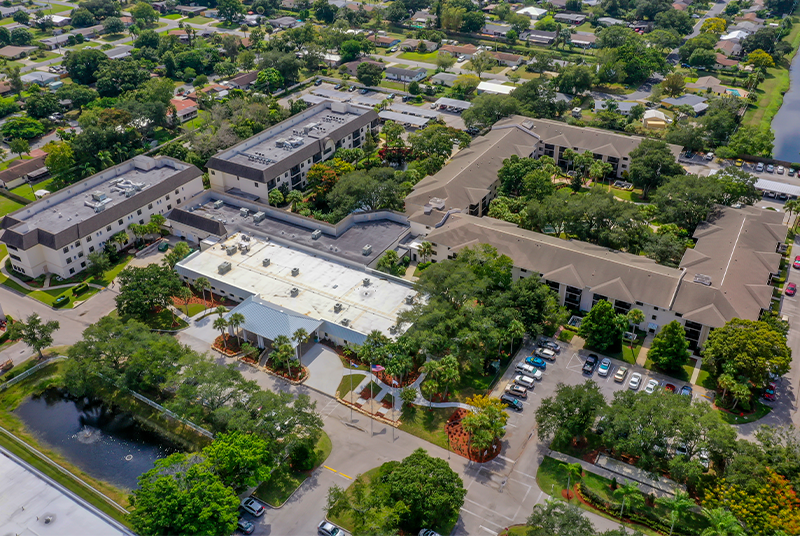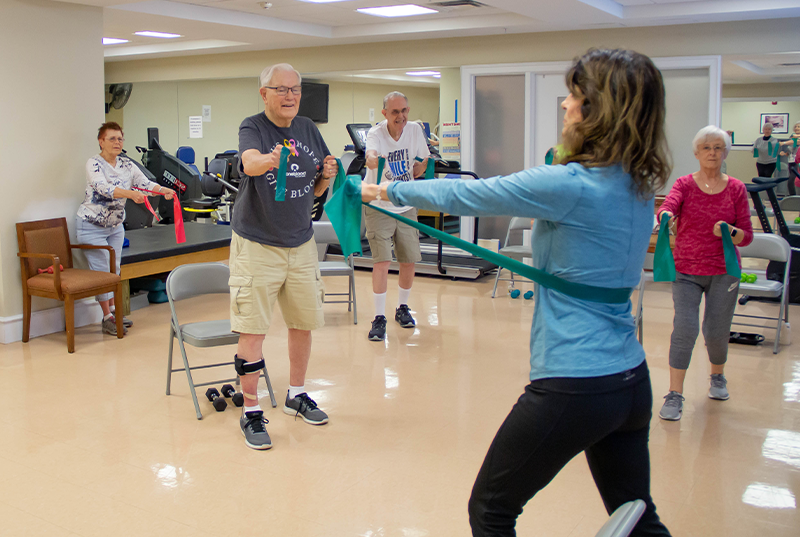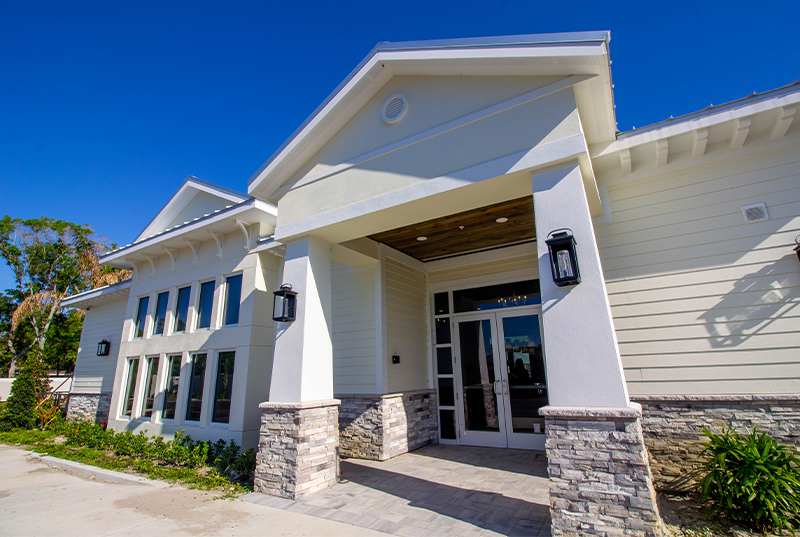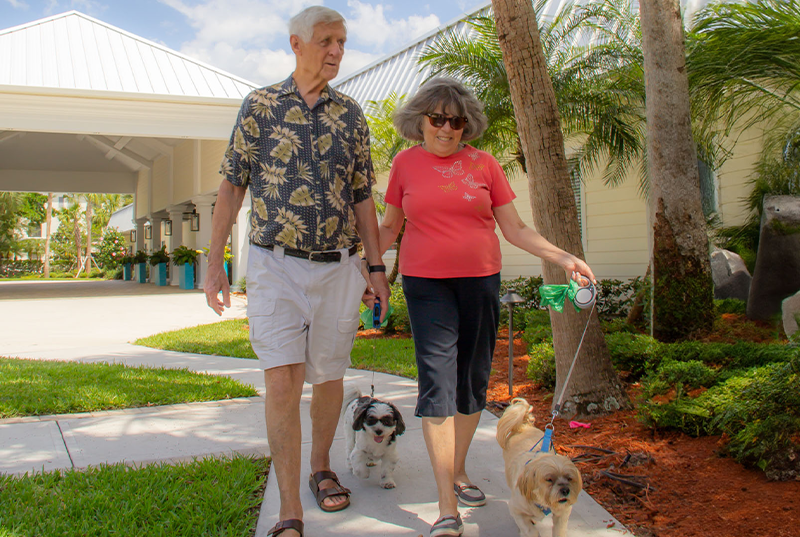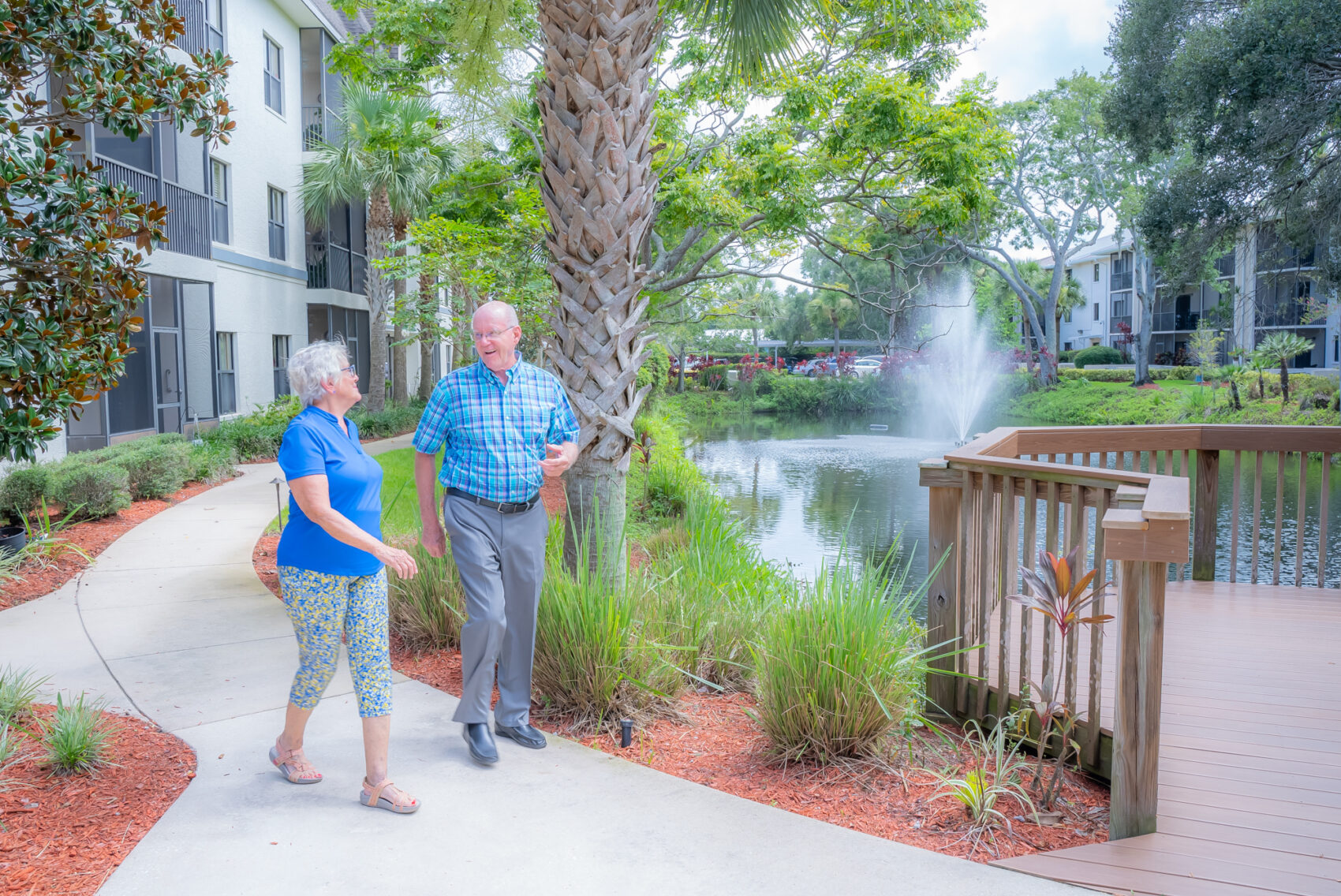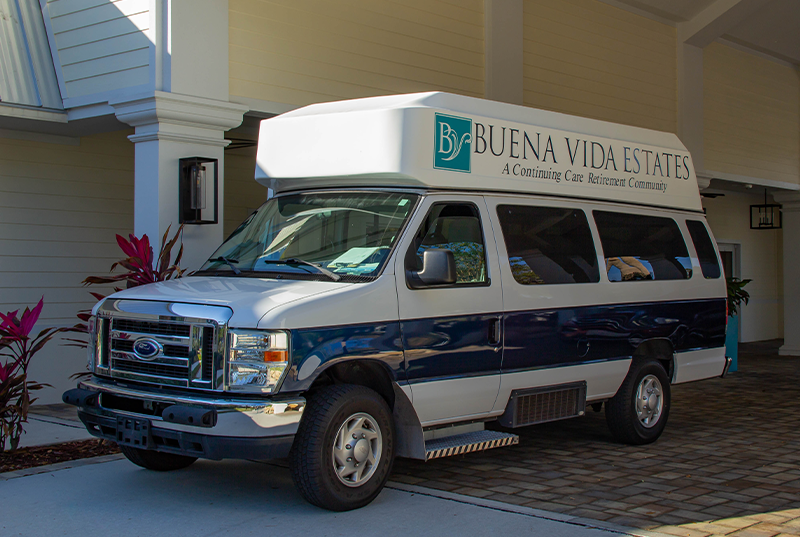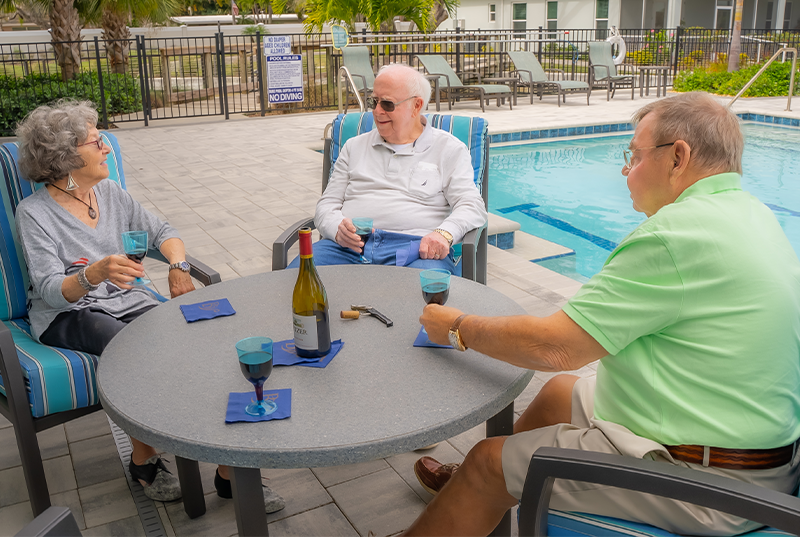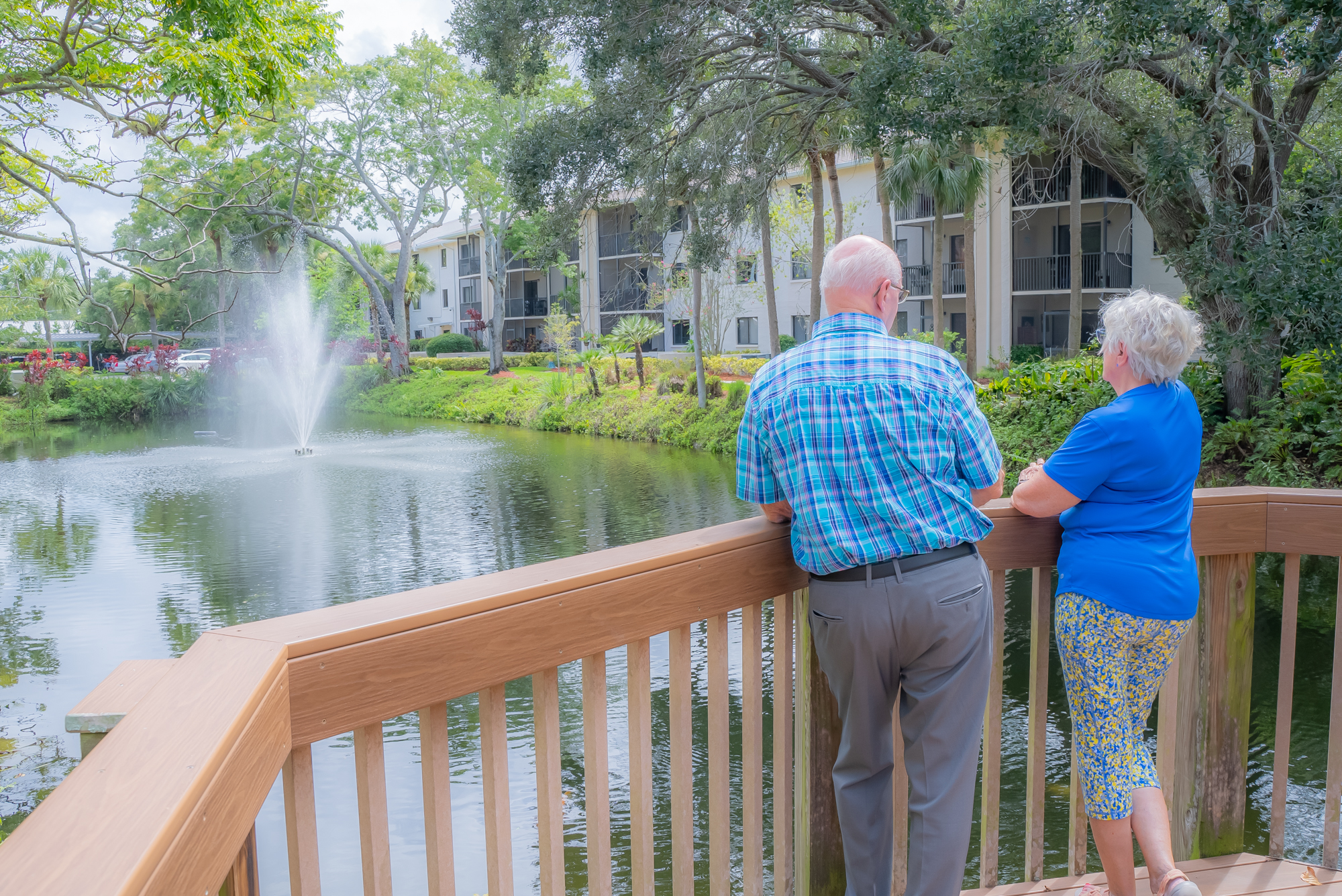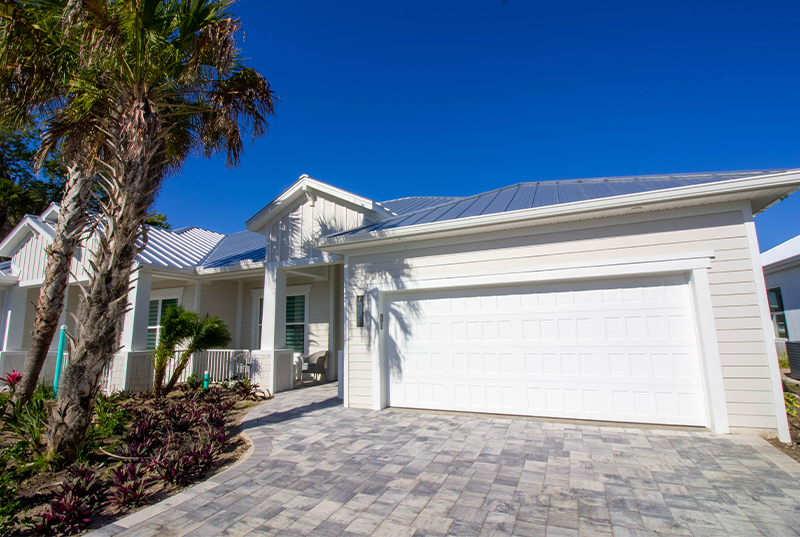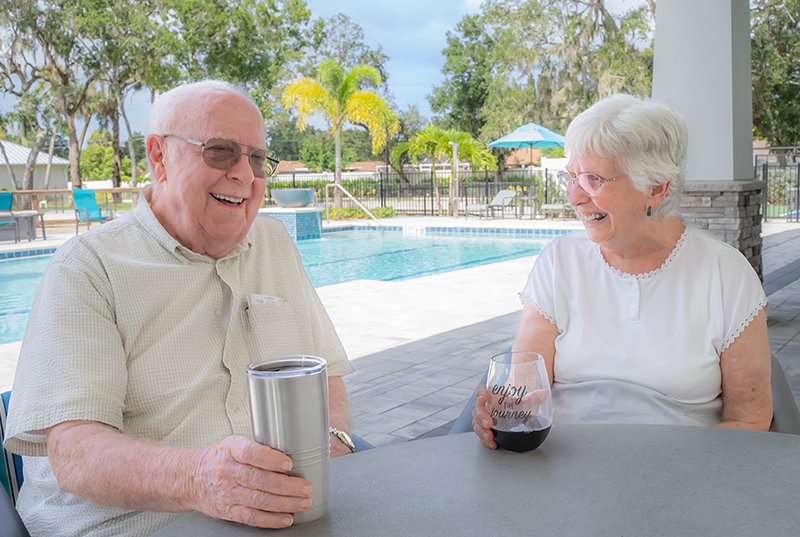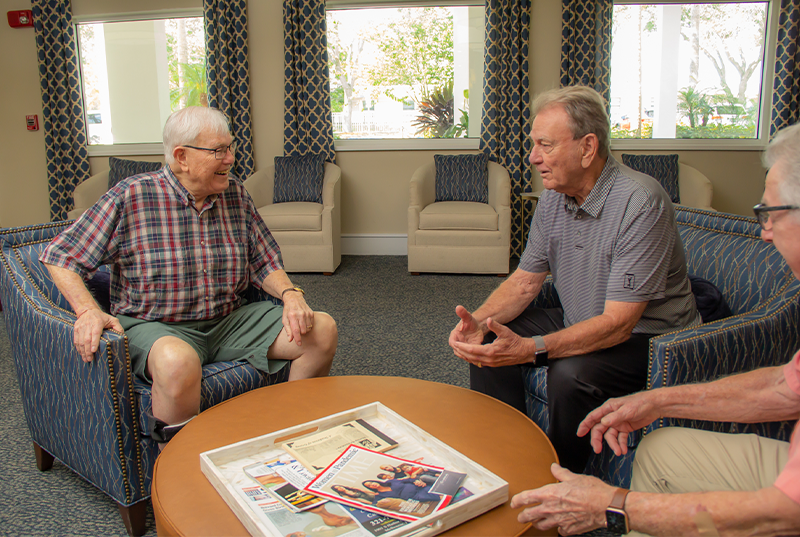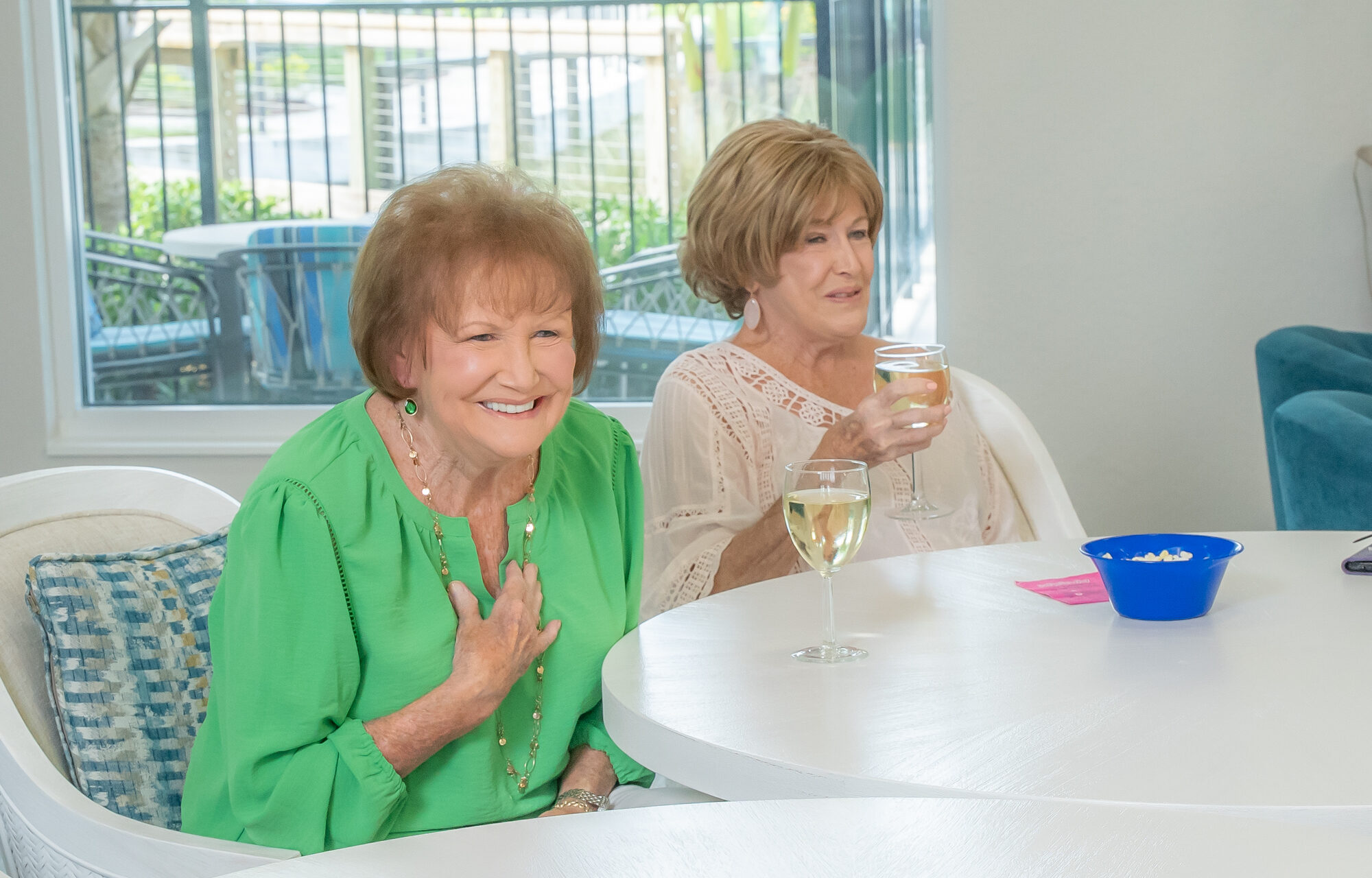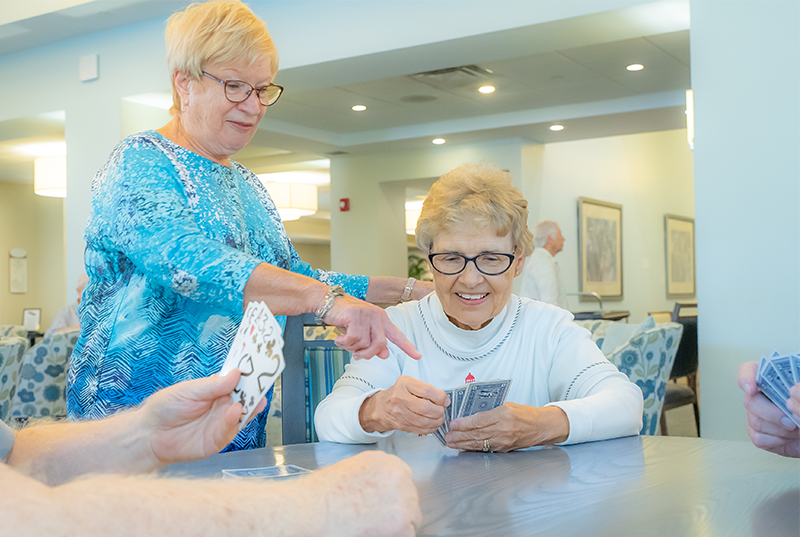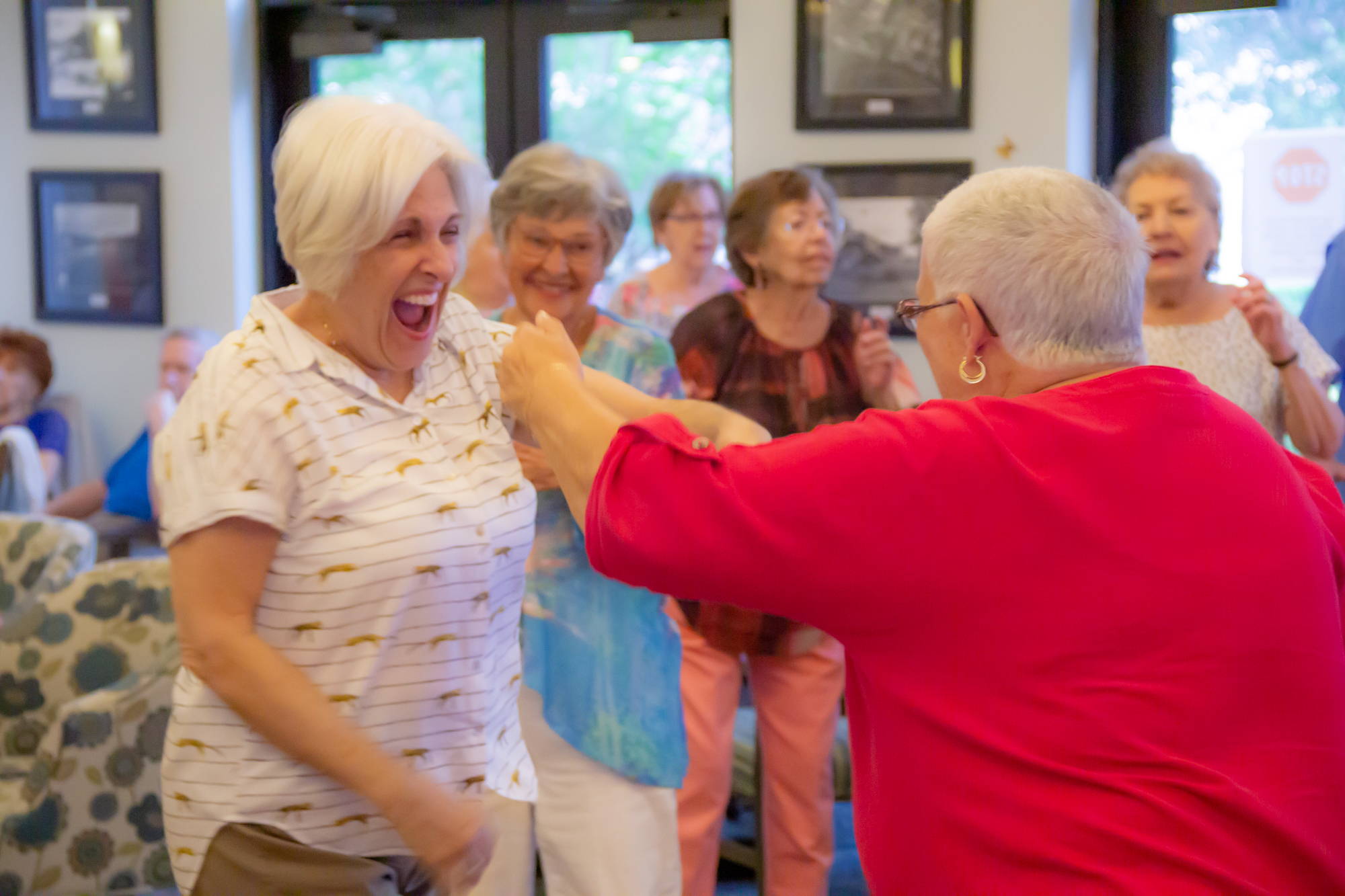3 Reasons Seniors Delay
Why Seniors Wait to Move to CCRCs
We all want to stay in our homes. But as we age, many things in our lives change. Thinking about moving to a senior living community or a continuing care retirement community (CCRC) is an important step. Still, we tend to delay. My LifeSite surveyed seniors about their thoughts on moving.[1] Why do seniors wait to move to senior living? The top three reasons to delay moving to a CCRC were:
1. Not “old enough”
2. Long-term affordability
3. Dealing with “stuff” and the hassle of moving
On top of these reasons, survey respondents listed a number of other reasons including their spouse not wanting to move, ties to home and neighborhood, not wanting to downsize, waiting for the right place, and not trusting the management of a senior community.
We want to talk about the main three reasons people delay moving into a CCRC. For each individual, the costs and benefits will be different. Let’s address some of the common continuing care retirement community fears.
1. Not Old Enough
Moving into a CCRC earlier will ease future problems. In the survey, among those 80 and younger, not feeling old enough was the top reason. However, for those above 80, the top reason was not wanting to deal with stuff and moving.[1] This suggests that it might be easier to deal with belongings and downsizing earlier rather than later. Taking care of the hard decisions and moving while you are still able to do so makes everything easier.
Some people will never be old enough. Even among those over 80, nearly 20% said they were not old enough.[1] Remember, a CCRC is not a nursing home but rather a community. Many amenities and services are aimed at younger retirees. Buena Vida Estates has a pub, a workshop, a fitness center, a country store, and more. It will be easier to make friends and learn the community before the time comes when you need more help.
2. Long-Term Affordability
A CCRC has two major costs: a larger entrance fee and a smaller monthly residence fee. These costs need to be balanced against the costs of maintaining a home and potential future care needs. The result is going to be different for every person and every CCRC. Here are some ways to help determine your potential costs and benefits.
The contract with the CCRC spells out some of these costs and benefits. The larger upfront entrance fee helps offset future fees. Look for a potentially refundable entrance fee and discounts on medical and other costs of care while living in the CCRC. A CCRC will offer many services such as several amenities that are included in your monthly costs and others at deep discounts. Some CCRCs, including Buena Vida, are nonprofits. These nonprofits turn all money received back into services.
In your home, you may still be paying a mortgage. You will pay for taxes, repairs, food, insurance, maintenance, and utilities. Add up these costs and then look at potential future costs. In-home care is one major cost. How will that affect family members, especially if they will be providing some of the care or paying for some of it? Do you see an eventual move into a facility when your needs change? These are all the costs of staying in your home.
Weigh the costs and benefits of a CCRC against this. Most people finance the entrance fee by selling their homes. Life in a CCRC often includes food, transportation, maintenance and repairs, security, pest control, and other amenities. In this way, your monthly costs may be reduced. Buena Vida also has on-site physicians, physical therapy, and in-home health care at discounted costs.
3. Dealing With “Stuff” and the Hassle of Moving
Moving is generally difficult and often emotional. Moving is a major life disruption, and downsizing is even more difficult. It takes work, thought, and commitment.
Waiting to move can also create family conflict. Often, parents refuse a continuing care retirement community or other senior living. This refusal places adult children in the position of convincing an elderly person to move. If you present your plans (or those for you and your spouse) to the family and show those plans reflect future health-care needs, then your family is likely to agree with you and avoid conflict.
At some point, downsizing will be necessary and someone needs to do it: you, your family, or the executor of your estate. While generally not enjoyable, many people prefer to do this task themselves while they are younger and in less need of assistance. You can use this as a time to go through good memories, perhaps with family help.
CCRCs will also have resources to help with your move. A move-in coordinator[1] can give you advice on your furniture, connect you to movers (we also pay for your move!), and link you to estate sale specialists. We can make this process as easy as possible.
Why Are You Waiting for CCRC Services?
Our residents’ favorite benefits in a CCRC include health and wellness facilities and programs, social opportunities in the community, and safety benefits. The single biggest reason people choose to move into a CCRC is access to a full set of continuum of care services. Move-in while you are healthy and independent and enjoy the community and the amenities. Stay and get the services you need if your health declines. The worst time to move is when illness or injury happens and you are dealing with a variety of stressful things in your life. Take care of yourself now.
Buena Vida Estates has free lunch, tour, and consultation. Once you have this information, you will truly be able to weigh costs against benefits and make the decision that is right for you.
References
[1]http://www.mylifesite.net/blog/post/3-reasons-seniors-delay-ccrc-move-why-reconsider/

